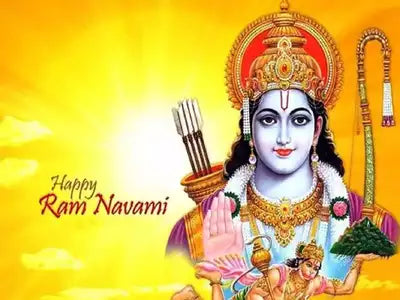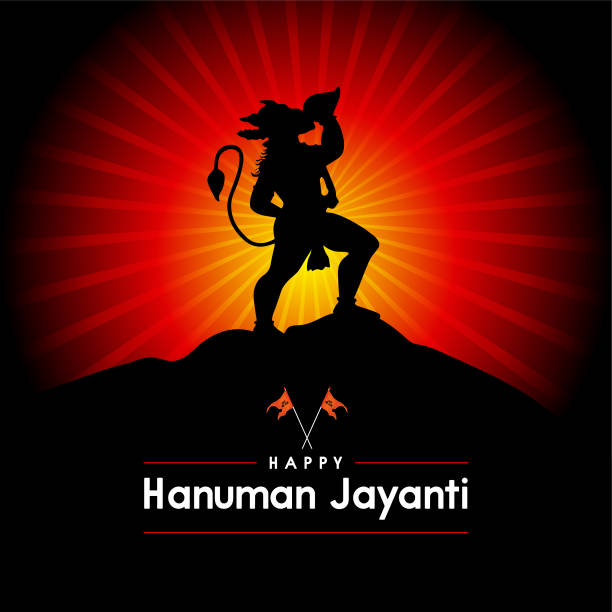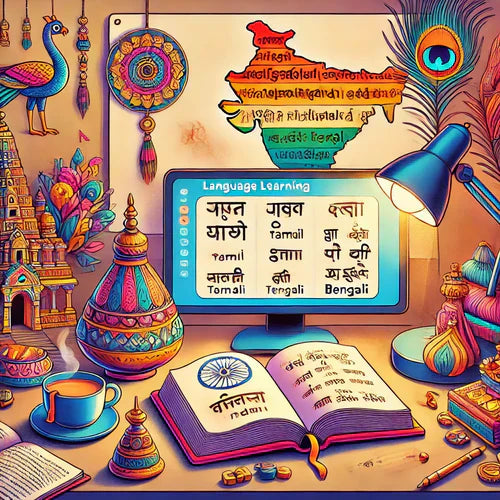Ram Navami: Meaning, Significance, and Why It’s Celebrated
Ram Navami is a Hindu festival that celebrates the birth of Lord Ram, one of the most revered deities in Hinduism. It usually falls in March or April, on the ninth day (Navami) of the Hindu lunar month of Chaitra. This day marks the culmination of the nine-day Chaitra Navratri celebration, which honors different forms of the goddess Durga. While Navratri focuses on the divine feminine, Ram Navami shifts the spotlight to Lord Ram, the embodiment of righteousness, virtue, and dharma (moral order).
Who Is Lord Ram?
To understand Ram Navami, it’s important to understand who Lord Ram is. He’s not just a mythological figure; he’s considered the seventh avatar (incarnation) of Vishnu, the preserver god in the Hindu trinity (Brahma the creator, Vishnu the preserver, and Shiva the destroyer).
Ram is the central character in the Ramayana, one of Hinduism’s most important epics. Written by the sage Valmiki, the Ramayana tells the story of Ram’s life, his exile to the forest for 14 years, the abduction of his wife Sita by the demon king Ravan, and Ram’s eventual victory over Ravan with the help of allies like Hanuman and Lakshman. But Ram is more than a hero. In Hindu belief, he is Maryada Purushottam—the ideal man, the perfect human being who follows truth and duty no matter the cost.
Why Is Ram Navami Celebrated?
Ram Navami celebrates the birth of this ideal figure, believed to have been born in Ayodhya, an ancient city in present-day Uttar Pradesh, India. According to Hindu scriptures, Ram was born at noon on this day to King Dasharatha and Queen Kaushalya. His birth was considered a divine event, as it was meant to restore dharma and rid the world of evil forces, primarily symbolized by Ravan.
The celebration of Ram Navami is not just about remembering a historical or mythological figure. It’s about honoring the values he stood for—truth, justice, humility, compassion, and unwavering commitment to duty. In a time when moral confusion often clouds decision-making, Ram is seen as a symbol of clarity and courage.
How Is Ram Navami Celebrated?
The way Ram Navami is celebrated can vary across regions and communities, but some elements are common.
1. Fasting and Prayer
Many devotees observe a fast on this day. Some fast until noon, the time Ram is believed to have been born, while others may fast the whole day. Fasting is seen as a way to purify the body and mind.
2. Reading of the Ramayana
People gather in temples and homes to read or listen to recitations of the Ramayana, especially the sections about Ram’s birth and early life. Temples often hold Akhand Path (uninterrupted reading) sessions that start days earlier and end on Ram Navami.
3. Processions and Dramas
In many towns and cities, especially in North India, large processions are held. Idols of Ram, Sita, Lakshman, and Hanuman are placed on chariots and paraded through the streets with singing, dancing, and chanting of devotional songs. Some places also organize Ramlila, dramatic re-enactments of scenes from the Ramayana.
4. Temples and Rituals
Special pujas (rituals) are performed in temples dedicated to Ram. In Ayodhya, believed to be Ram’s birthplace, thousands of devotees gather to take a dip in the Sarayu River and visit the Ram Janmabhoomi temple site.
5. Decoration and Festivity
Homes and temples are cleaned and decorated with flowers and lights. Some families place a small cradle in the home, symbolizing the newborn Ram, and gently rock it at noon to mark the moment of his birth.
Cultural and Moral Impact
1. Reinforcing Dharma
The festival is a reminder of the importance of living a life based on dharma. Ram’s life is full of moments where he could have chosen the easier path but didn’t. He chose exile over a throne, loyalty over personal gain, and forgiveness over revenge. His story challenges people to hold onto integrity in the face of pressure.
2. Family and Responsibility
Ram’s role as a son, husband, brother, and king sets a high bar for personal conduct. His relationships weren’t easy—he had to leave his kingdom, get separated from his wife, and make painful decisions—but he faced them with grace and resolve. Ram Navami celebrates these qualities, urging people to live with responsibility and honor.
3. National and Cultural Identity
In India, Ram is more than a religious figure. He’s woven into the cultural and political landscape. The story of Ram has shaped art, literature, music, and theatre for centuries. From Tulsidas’s Ramcharitmanas to modern films and TV serials, Ram’s story continues to inspire millions. For many, celebrating Ram Navami is also about connecting with this shared heritage.
Ram in a Modern World
In today’s world, where individualism often takes precedence over duty and social responsibility, Ram’s life offers a counter-narrative. He is not celebrated for conquering others, but for mastering himself. His battles were as much internal as they were external. His humility, restraint, and sense of justice offer lessons that transcend religious boundaries.
Ram Navami, then, isn’t just about worship—it’s about reflection. It asks: What does it mean to live a good life? What should we stand for when faced with moral ambiguity? How do we balance personal happiness with responsibility?
Conclusion
Ram Navami marks the birth of a figure who continues to guide millions through his story and values. Whether you see him as a god, a king, a hero, or a symbol of the human ideal, the essence of the festival lies in honoring the good, the just, and the selfless. In celebrating Ram Navami, people reaffirm their commitment to a life of principle—and in today’s chaotic world, that’s no small thing.






